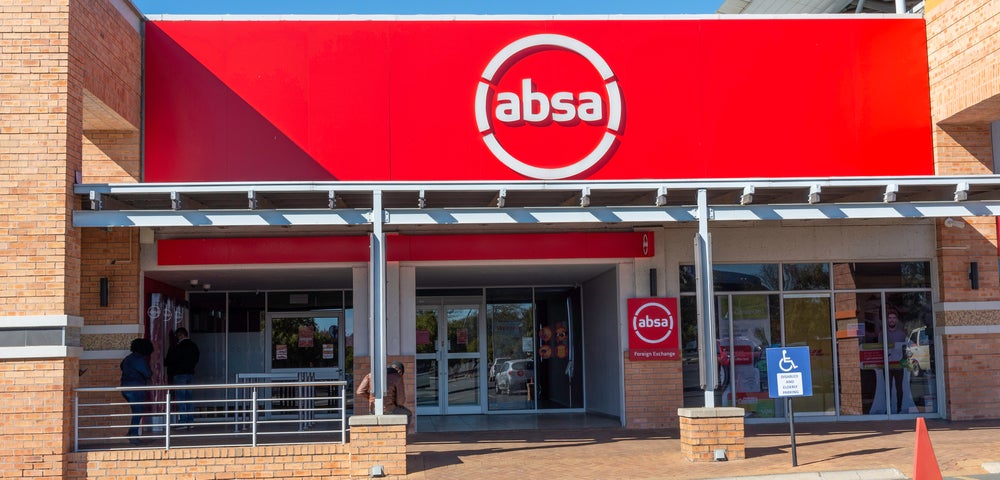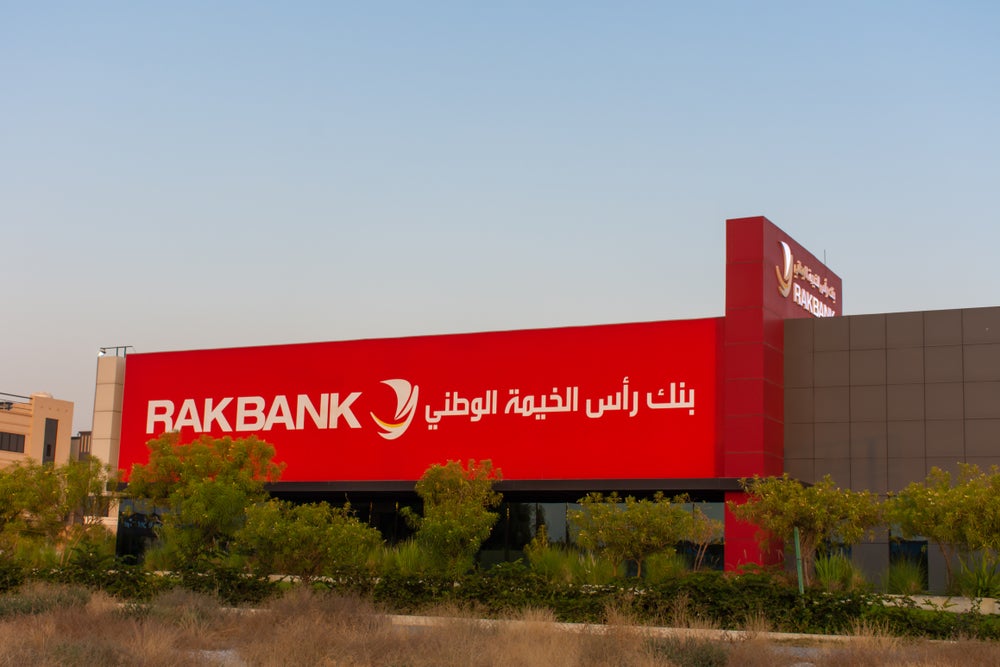Sweden’s Nordea is already a retail
banking market leader in Scandinavia and the Baltics, and now the
bank is looking to transform its Russian outfit into a true retail
bank via a branch transformation programme and a push on mortgages.
Dan Jones reports on
Nordea’s ambitious objectives.
 In November 2006,
In November 2006,
Scandinavian market leader Nordea purchased 75 percent of
Orgresbank, a small Russian bank largely focused on the corporate
sector, and in June 2009 the business was rebranded under the
Nordea name, the Scandinavian institution by then owning 100
percent of the Russian entity.
The rebranding process is now being expanded
to encompass a more ambitious set of objectives, according to
Thomas Neckmar, head of new European markets at Nordea.
“We changed the name from Orgresbank to
Nordea, and if you go to Moscow now you will see our signs in the
big streets – it was really to make the brand name familiar in the
markets where we are operating,” Neckmar told RBI.
“Now we are looking at our product offering
and our branch network.”
How well do you really know your competitors?
Access the most comprehensive Company Profiles on the market, powered by GlobalData. Save hours of research. Gain competitive edge.

Thank you!
Your download email will arrive shortly
Not ready to buy yet? Download a free sample
We are confident about the unique quality of our Company Profiles. However, we want you to make the most beneficial decision for your business, so we offer a free sample that you can download by submitting the below form
By GlobalDataIn this case, looking at the branch network is
part of a wider plan to restructure an Orgresbank business model
that previously had a heavy focus on the corporate, as opposed to
the retail, customer.
Nordea currently has 49 branches across 15
regions in Russia, from which it provides a full range of retail
services including current accounts, savings, loans, credit cards
and mortgages, but the structure of those branches is not ideal for
this purpose.
Consequently, the bank has begun renovating
its branch network with the aim of having completed the process by
the end of 2010.
As an initial move, two of its branches have
been realigned with its more retail-oriented focus, but according
to Neckmar the conversion will be organic rather than conforming to
any one particular layout strategy.
“We realised three years ago that what we need
to do is to change the structure of the branch network, and maybe
only have one corporate branch in each of the regions, instead of
all branches being corporate branches. Previously retail banking
was confined to a small corner of the branch,” he said.
“We are intent on having real retail branches
which are focused on serving retail customers and focused on
acquiring retail customers. We will try different service levels,
different types of branches,” Neckmar said.
Though he was keen to emphasise differences
between the two markets, one such model will be that employed by
Nordea in Poland – what the bank calls a ‘turbo branch’ as a result
of the speed with which it can be set up.
An initial target of 50 per year in Poland has
now been extended to a total of 115, and Neckmar believes similar
turbo branches could work in Russia.
A full-blown expansion of the Russian network
will only take place if the appetite for retail banking is seen to
be “taking off”, however.
That will involve a change in mindset from
Russian consumers, who have hitherto been used to long-term,
fixed-rate mortgages lasting around 20 years apiece. Such a market
“does not exist anymore”, advised Neckmar.
“Customers have to get used to the fact that
maybe they can get a fixed rate for the first one or two years, and
then there has to be a renegotiation,” he added.
It is nonetheless mortgage lending that Nordea
is looking to as part of its attempts to engage more fully with the
retail customer, believing that this segment is the easiest way to
build a relationship with the customer and hence increase its
cross-selling. The bank does not yet measure cross-sell in Russia
but intends to do so as its retail plans develop further.
Said Neckmar: “The mortgage loans are what we
are most interested in, because what we are trying to do is get a
home bank relationship with a customer, and for that you need a
mortgage loan – then you get a current account or salary account,
then you get savings, and so on.”
Nordea now has 50,000 retail customers in
Russia, but the situation was once very different with Orgresbank’s
customer base having been largely limited to employees of its
corporate customers.
The bank has moved from being the 77th largest
in Russia in terms of total assets to a current position of 27th,
and Neckmar believes the market is so large that Nordea can easily
find its niche.
That niche will, it hopes, be within the
affluent sector, as opposed to dominant, state-owned market leader
Sberbank, which Neckmar describes as being “a bank for all Russians
– rich and poor”.
The strategy here is much the same as it has
been in the Nordics and Poland – focusing on providing a variety of
different delivery channels in order to attract customers by any
means possible. The geographic spread of Russia is such that direct
channels will become “much more important” in future, with mobile
banking being planned to complement Nordea’s existing online
banking service.
As Neckmar concludes: “There is an enormous
potential in the retail banking market in Russia, especially if we
begin to see that people are accepting products that are not only
good for the customer but also good for the bank. When that
happens, we are ready for further expansion”.







